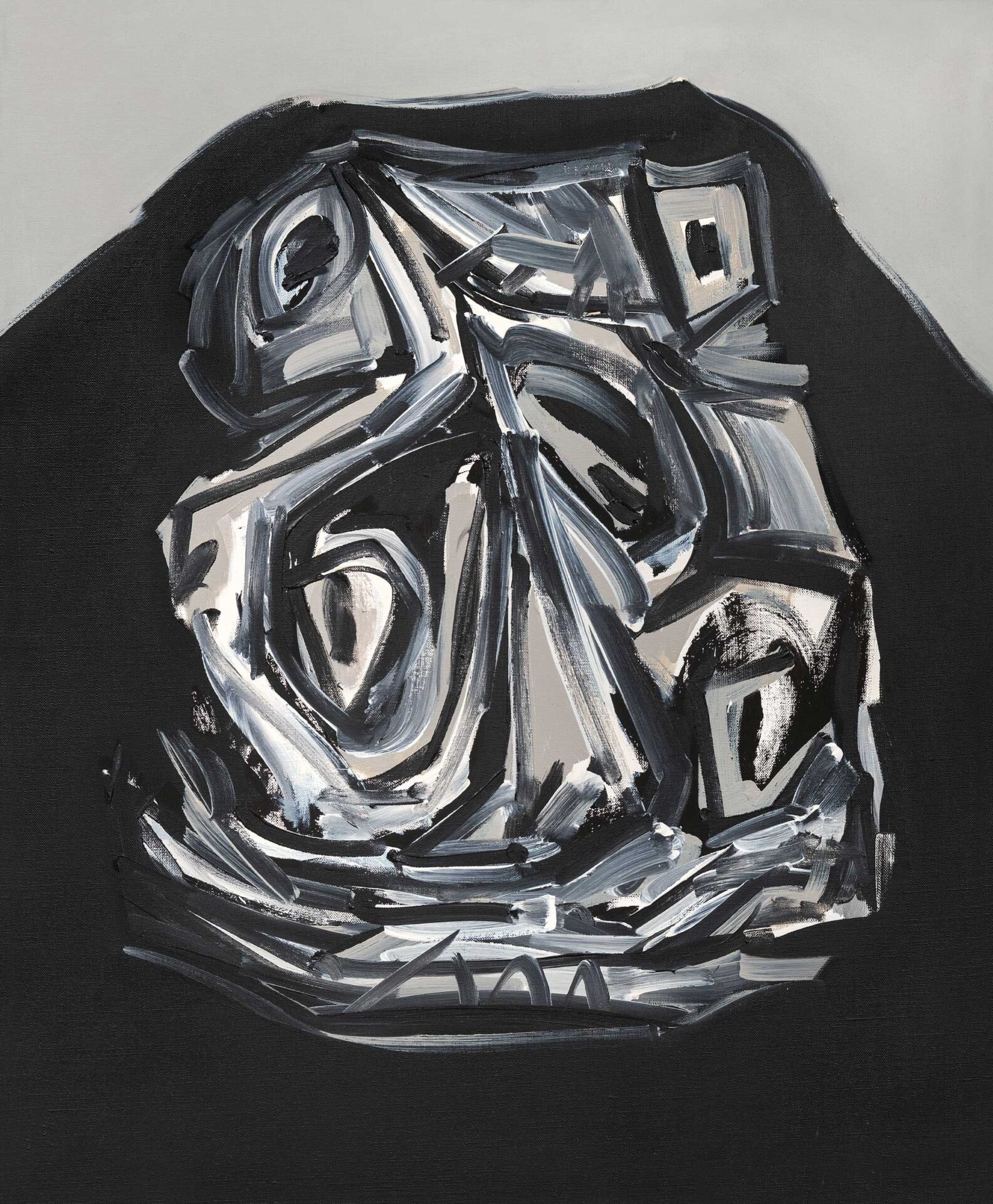Antonio Saura was one of the founders of the El Paso group. His painting, midway between the figurative and the abstract, placed him in a prominent position in Spanish art of the second half of the twentieth century.
A self-taught artist, he contracted tuberculosis at the age of thirteen, and consequently had to remain immobile for five years. He used this time to start writing and painting. He held his first solo exhibition at the Libros bookshop in Zaragoza in 1950. In 1954 he moved to Paris, where he began to acquire a surrealist style, which he soon abandoned to found the El Paso group in 1957 with artists such as Manolo Millares, Luis Feito and Rafael Canogar. In 1958, along with Eduardo Chillida and Antoni Tàpies, he took part in the Venice Biennale, and the following year he participated in documenta in Kassel.
The El Paso group brought a breath of fresh air to the Spanish art scene, so debilitated after the Civil War. Saura continued practising an informalist style of painting, with a predominance of white, black, grey and ochres, but one in which he established a dialogue with art history and especially with the great masters.
His series of crucifixions is based on that of Velázquez, which can be seen in the Prado, and he makes constant references to works such as Goya’s dog or Picasso’s portraits of Dora Maar. Rembrandt and Titian are other artists that also provided him with inspiration. After all, as the artist himself said: “All history eventually becomes a type of painting, and the cannibalistic painter, like the novelist, vampirises both the past and the present in this way, making them his own in order to pour himself through them.”1
Between 1965 and 1967, Saura destroyed hundreds of paintings with which he was not satisfied. In 1968 he abandoned oil painting for ten years to work in other media, such as printmaking, and even designed the staging for the production of Carmen performed at the Théâtre de Paris in 1983.
Saura received numerous honours and awards, including the Guggenheim International Award (1960), the Carnegie Prize, together with Eduardo Chillida and Pierre Soulages (1964), the title of Chevalier de l’Ordre des Arts et des Lettres (1981), the Gold Medal for Merit in Fine Arts (1982) and the Grand Prix des Arts of the City of Paris (1995).
The Hortensia Herrero collection includes a painting by Saura.
